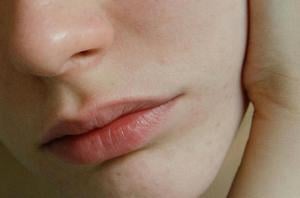Not so long ago, a Toronto artist whispered a theory on set. They claimed that when a client sat in their chair, they could instantly tell if they had been taking Ozempic, the or some other semaglutide medication, by looking at their skin. It was, they said, a change in the quality of the skin itself, beyond “Ozempic face,” the term often used to describe the hollowed cheeks and newly-prominent lines that can accompany rapid .
It isn’t the first whisper about this from those who work up close with image-conscious public figures. “Colleagues on film shoots are gabbing about resorting to old-school techniques to deal with the thinner and looser skin that can come post-Ozempic but pre-surgical intervention,” read a March The Ankler article titled that quoted makeup artist Jesika Miller. She said that while Joan Crawford used to wear a clip at the back of her neck to cinch loose skin, now strategies include using face tape to lift sagging skin, or in a pinch, tying the hair back very, very tightly.

In a brave new world where research on the effects of these drugs is constantly emerging — everything from to a possible link to possible — the Ozempic skin theory warranted an closer look. So: Does taking a semaglutide medication do something to your skin’s texture? “It’s a very good question, and I don’t know if I have all the answers,” said Montreal cosmetic dermatologist Dr. Roni Munk.
“It’s a novel drug, and we’re learning more and more all the time.�.
















